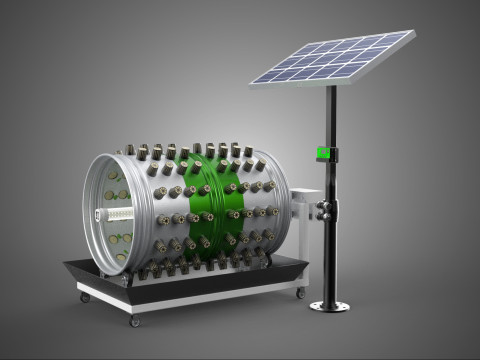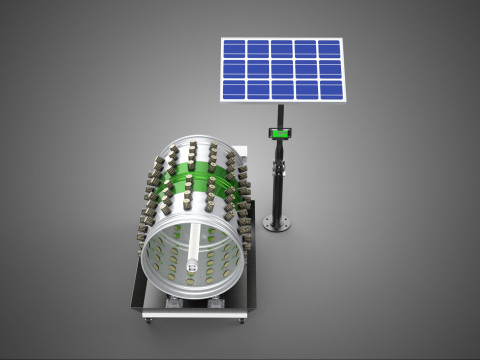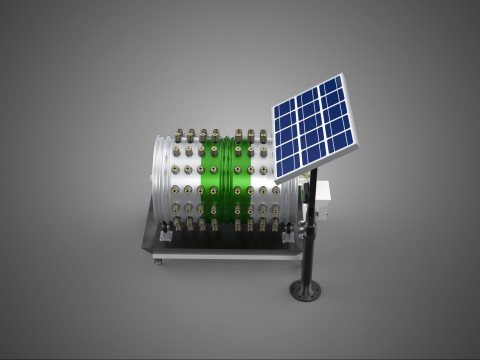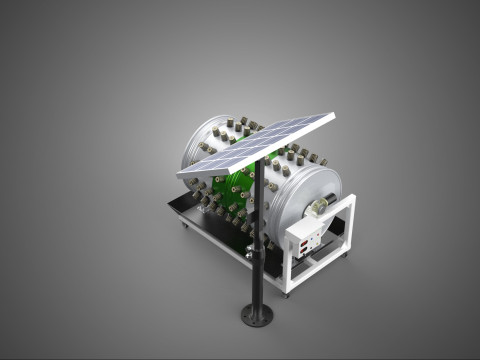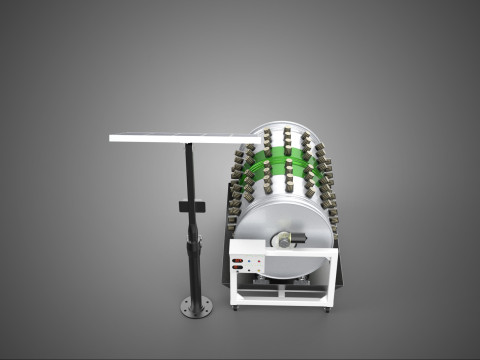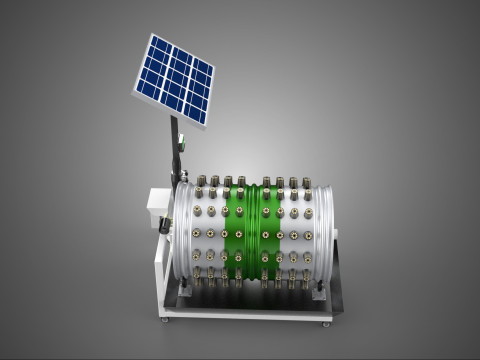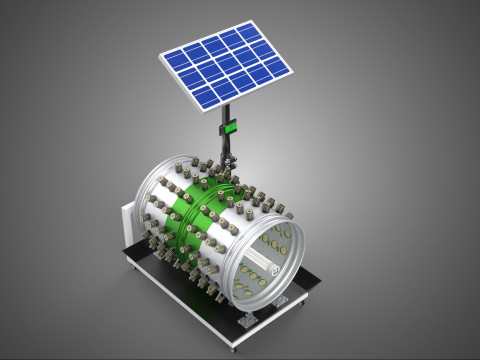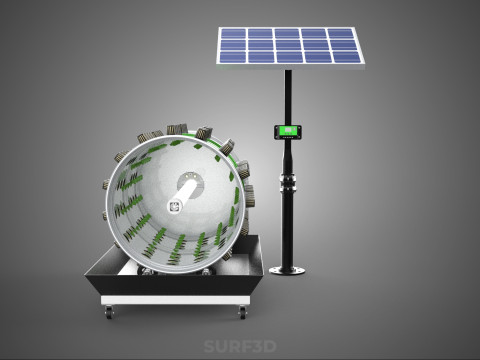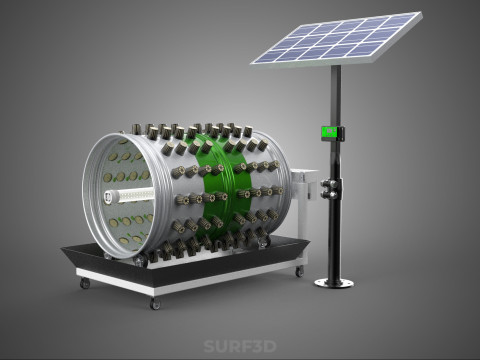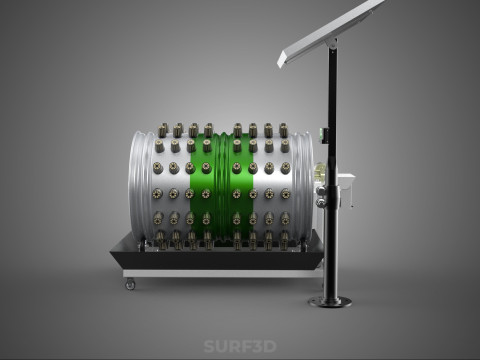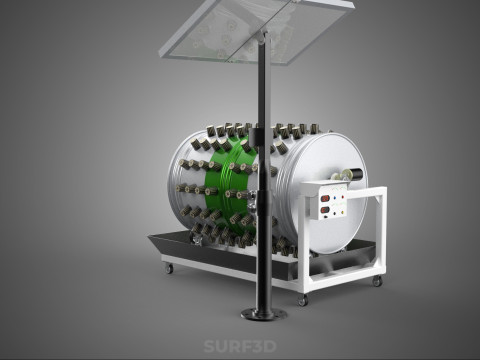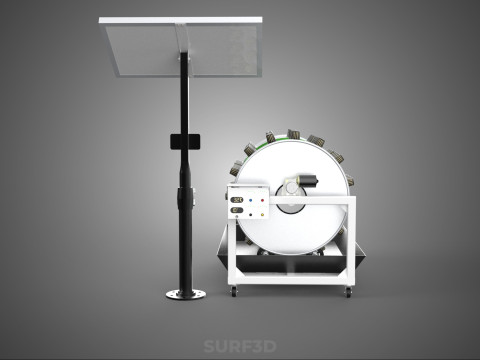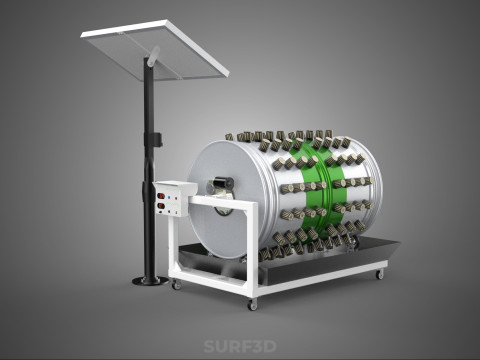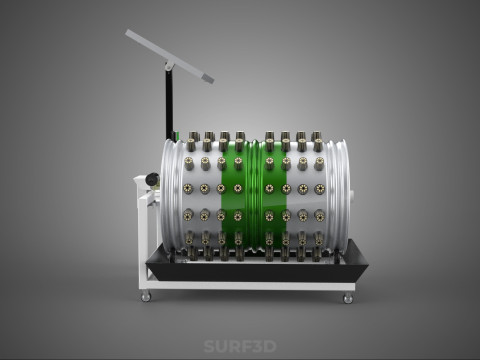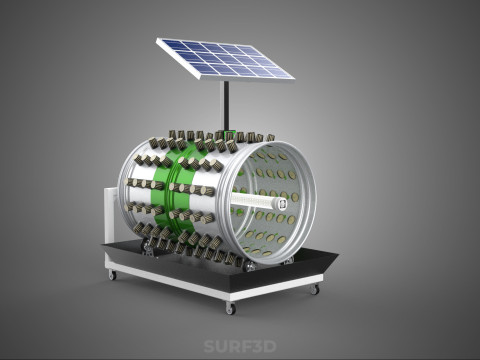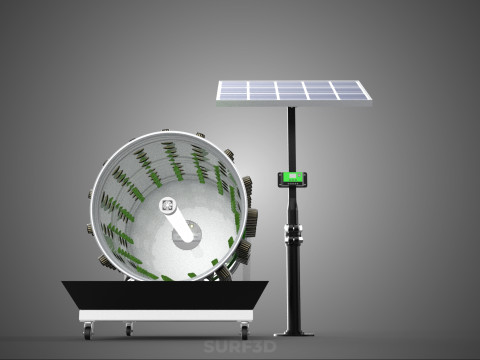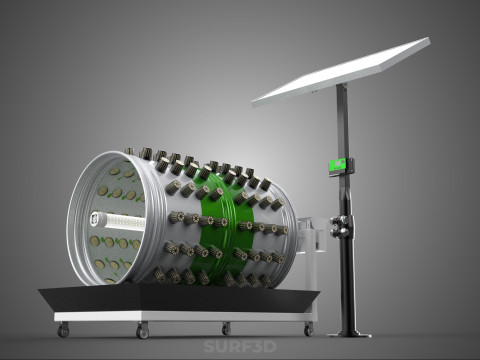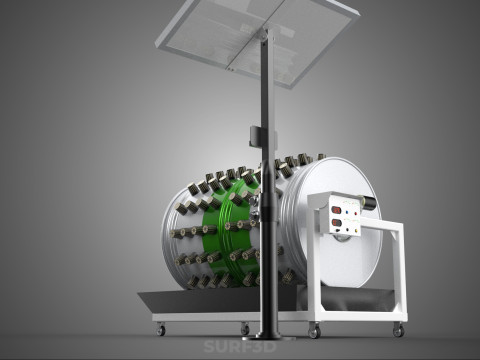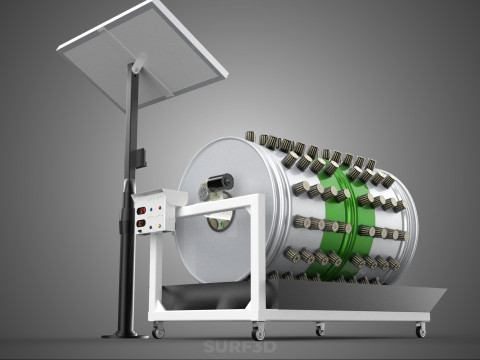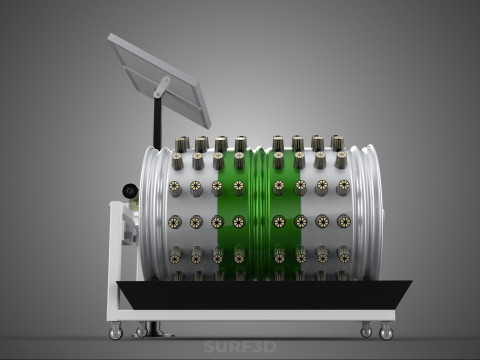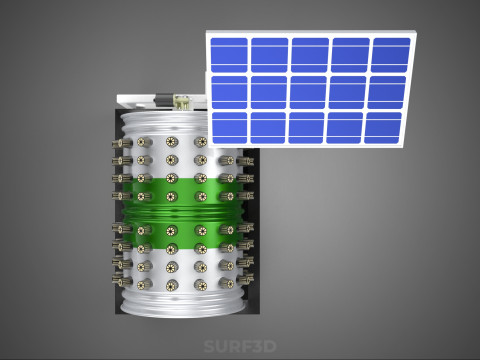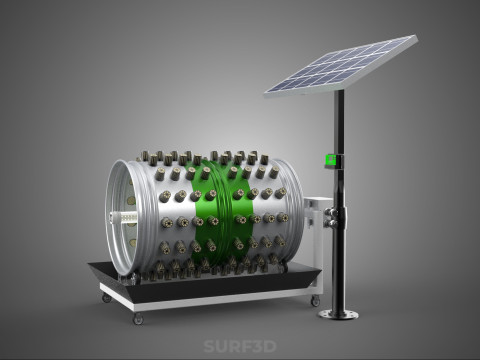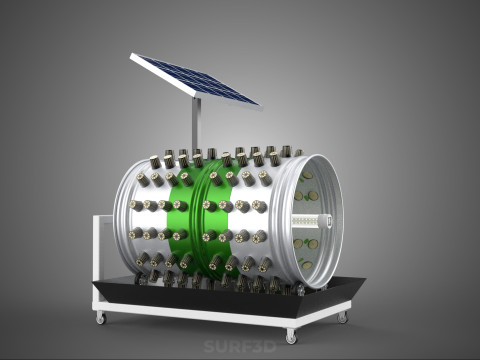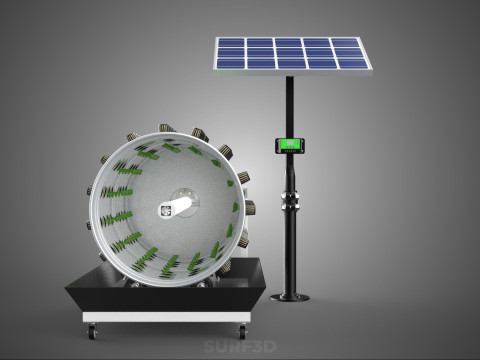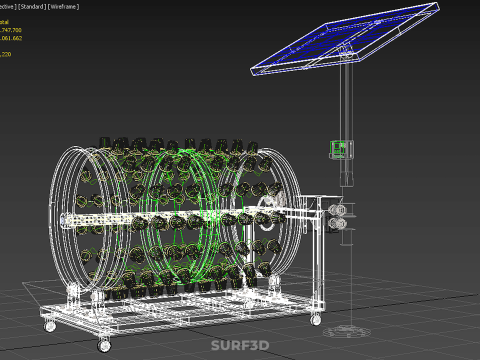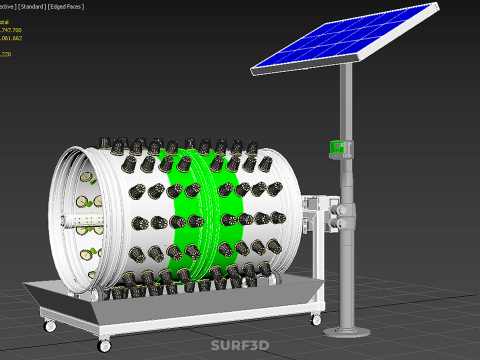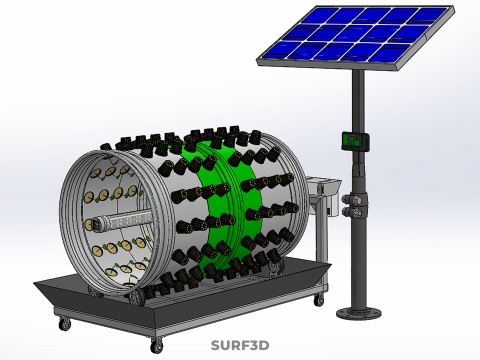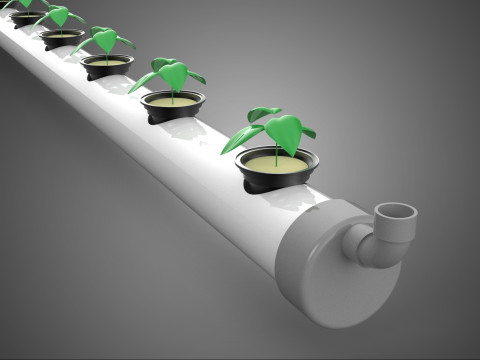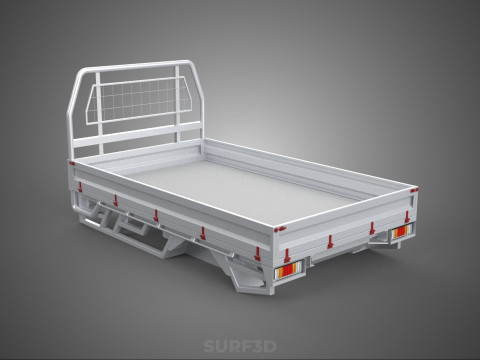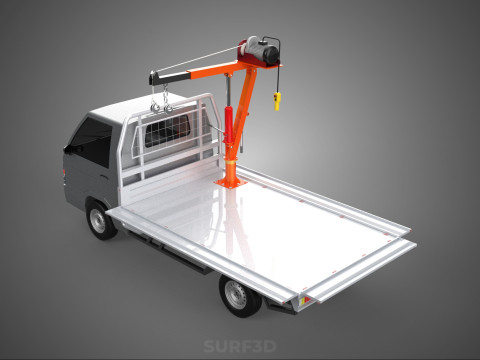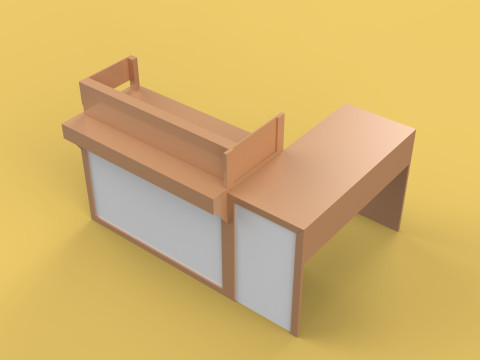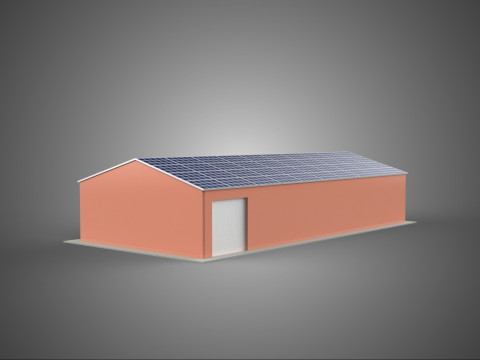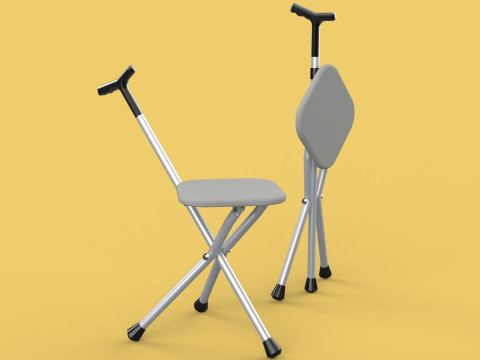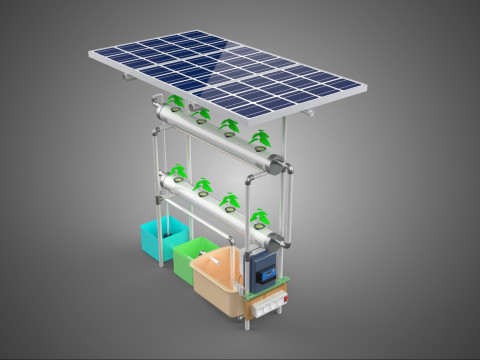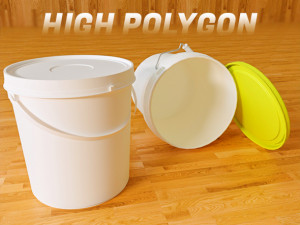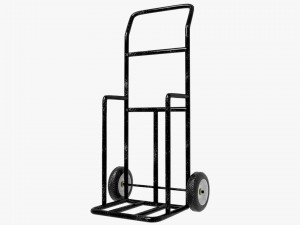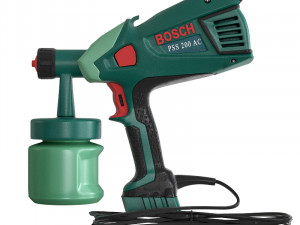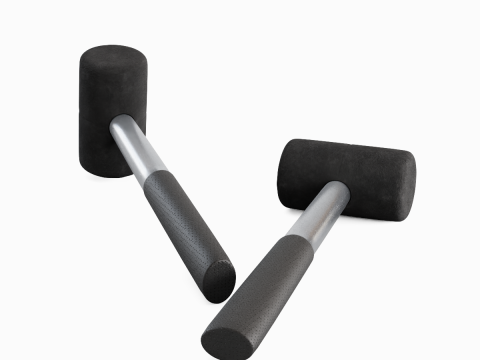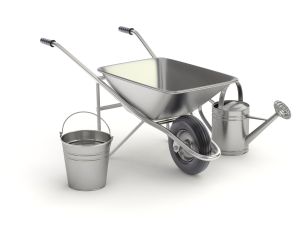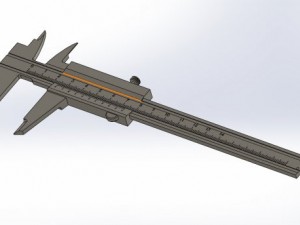太阳能物联网旋转水培园艺盆栽农场系统 3D 模型
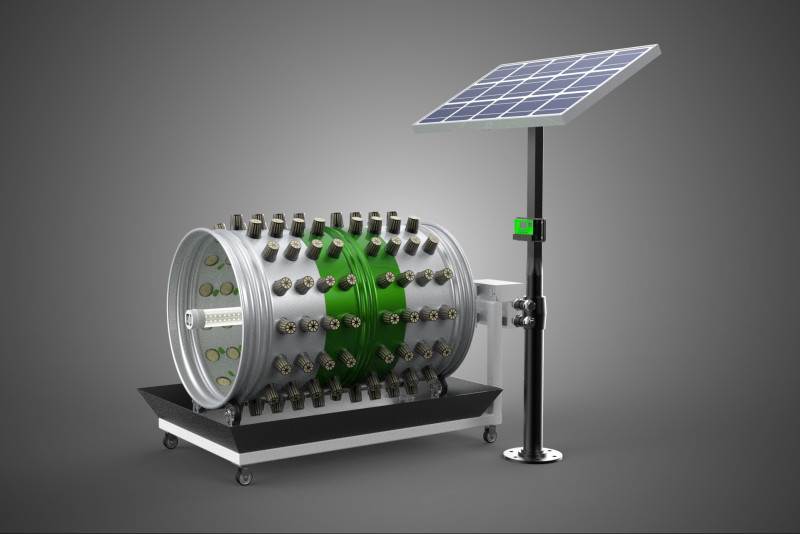
- 可用的格式: Rhinoceros (.3dm) 17.85 MB3D Studio (.3ds) 15.12 MBBlender3D (.blend) 54.78 MBCollada (.dae) 46.65 MBAutodesk AutoCAD (.dwg) 17.39 MBAutodesk FBX (.fbx) 76.75 MBGLB (.glb / .gltf) 19.70 MBIGES (.iges) 4.28 MBAutodesk 3DS MAX (.max) 92.48 MBWavefront OBJ (.obj) 40.08 MBACIS(.sat) 42.02 MBSketchUp (.skp) 6.32 MBSTEP (.step) 6.85 MBStereolithography (.stl) 35.01 MB
- 多边形:3747700
- 顶点:3061662
- 动画:No
- 纹理:No
- 操纵:No
- 材料:
- 低聚:No
- 集合:No
- UVW 贴图:No
- 使用插件:No
- 打印准备:No
- 3D扫描:No
- 成人内容:No
- PBR:No
- 人工智能培训:No
- 几何:Poly NURBS
- 包装 UVs:Unknown
- 日期:169
- 日期: 2025-10-07
- 项目 ID:603909
太阳能物联网旋转水培园艺盆栽农场系统 3D 模型 3dm, 3ds, blend, dae, dwg, fbx, glb, iges, max, obj, sat, skp, step, stl, 从 surf3d
High-quality 3D assets at affordable prices — trusted by designers, engineers, and creators worldwide. Made with care to be versatile, accessible, and ready for your pipeline.
Included File Formats
This model is provided in 14 widely supported formats, ensuring maximum compatibility:
• - FBX (.fbx) – Standard format for most 3D software and pipelines
• - OBJ + MTL (.obj, .mtl) – Wavefront format, widely used and compatible
• - STL (.stl) – Exported mesh geometry; may be suitable for 3D printing with adjustments
• - STEP (.step, .stp) – CAD format using NURBS surfaces
• - IGES (.iges, .igs) – Common format for CAD/CAM and engineering workflows (NURBS)
• - SAT (.sat) – ACIS solid model format (NURBS)
• - DAE (.dae) – Collada format for 3D applications and animations
• - glTF (.glb) – Modern, lightweight format for web, AR, and real-time engines
• - 3DS (.3ds) – Legacy format with broad software support
• - 3ds Max (.max) – Provided for 3ds Max users
• - Blender (.blend) – Provided for Blender users
• - SketchUp (.skp) – Compatible with all SketchUp versions
• - AutoCAD (.dwg) – Suitable for technical and architectural workflows
• - Rhino (.3dm) – Provided for Rhino users
Model Info
• - All files are checked and tested for integrity and correct content
• - Geometry uses real-world scale; model resolution varies depending on the product (high or low poly)
• • - Scene setup and mesh structure may vary depending on model complexity
• - Rendered using Luxion KeyShot
• - Affordable price with professional detailing
Buy with confidence. Quality and compatibility guaranteed.
If you have any questions about the file formats, feel free to send us a message — we're happy to assist you!
Sincerely,
SURF3D
Trusted source for professional and affordable 3D models.
More Information About 3D Model :
A Solar-Powered IoT Rotary Hydroponic Garden Pot Plant Farm System represents an integrated and highly advanced agricultural technology designed for efficient, sustainable, and automated plant cultivation. This innovative system combines renewable energy harvesting, soil-less nutrient delivery, mechanical space optimization, and digital connectivity to create a controlled environment for growing various plant species, often in urban, indoor, or off-grid settings.
**Core Components and Principles:**
1. **Hydroponic System:** At its core, the system employs hydroponics, a method of growing plants without soil by using mineral nutrient solutions dissolved in water. Common hydroponic techniques integrated into such systems include Nutrient Film Technique (NFT), Deep Water Culture (DWC), or drip irrigation, ensuring efficient delivery of water and dissolved nutrients directly to the plant roots. This approach significantly reduces water consumption compared to traditional soil-based agriculture and mitigates soil-borne diseases.
2. **Rotary Mechanism:** The "rotary" aspect refers to a mechanical system that continuously or intermittently rotates the plant-holding structures. This typically involves vertical carousels, rotating drums, or tiered circular racks. The primary advantages of a rotary design are:
* **Space Optimization:** Maximizes plant density within a compact footprint, enabling vertical farming and increased yield per unit area.
* **Uniform Light Exposure:** By rotating plants, each receives equitable exposure to a central or surrounding light source (often LED grow lights), promoting consistent growth across all plants.
* **Even Nutrient Distribution:** Ensures all plants receive consistent access to the nutrient solution and air circulation.
3. **Internet of Things (IoT) Integration:** The "IoT" component introduces sophisticated automation, monitoring, and control capabilities. This involves a network of interconnected sensors, actuators, and a central control unit, often accessible remotely via the internet. Key IoT features include:
* **Environmental Sensing:** Sensors continuously monitor critical parameters such as water pH, electrical conductivity (EC) (to measure nutrient concentration), water temperature, air temperature, humidity, and light intensity.
* **Automated Actuation:** Based on sensor data and programmed thresholds, the system automatically controls actuators. These include pumps for nutrient solution circulation, solenoids for water replenishment, fans for ventilation, heaters/coolers for temperature regulation, and LED grow lights for photoperiod management.
* **Data Logging and Analytics:** Collected data is stored and analyzed, providing insights into plant growth patterns, resource consumption, and system performance, enabling predictive maintenance and optimization.
* **Remote Monitoring and Control:** Users can access real-time data, adjust parameters, and receive alerts via a smartphone application or web interface, allowing for efficient management from any location.
4. **Solar Power System:** The "solar-powered" attribute indicates that the system primarily relies on photovoltaic (PV) panels to generate electricity. This component typically includes:
* **Solar Panels:** Convert sunlight into direct current (DC) electricity.
* **Charge Controller:** Regulates the voltage and current from the solar panels to charge a battery bank safely and efficiently.
* **Battery Bank:** Stores excess energy generated during daylight hours for use during periods of low sunlight or at night, ensuring continuous operation of pumps, lights, and control systems.
* **Inverter (Optional):** If AC components are used, an inverter converts DC power from the batteries into alternating current (AC). However, systems are often designed with DC-compatible components for greater efficiency.
**Operational Synergy and Advantages:**
The combination of these technologies yields a system that offers numerous benefits:
* **Sustainability:** Reduces reliance on fossil fuels through solar power, minimizes water waste through hydroponics, and eliminates pesticide/herbicide use.
* **Resource Efficiency:** Optimizes land use with vertical rotary design and precise resource allocation through IoT.
* **Accelerated and Consistent Growth:** Hydroponics provides optimal nutrient delivery, while IoT-controlled environments and uniform light exposure from the rotary system create ideal growing conditions.
* **Automation and Reduced Labor:** IoT automates routine tasks, minimizing human intervention and labor costs.
* **Year-Round Production:** Indoor, controlled environments enable cultivation irrespective of external climate conditions.
* **Food Security and Localization:** Facilitates urban farming, reduces transportation costs and carbon footprint, and increases access to fresh produce.
* **Reduced Risk:** Minimized exposure to pests, diseases, and adverse weather conditions.
**Applications:**
Such systems are highly versatile, finding applications in urban agriculture, research facilities, educational institutions, commercial greenhouses, residential gardening, and off-grid agricultural initiatives, particularly in regions with limited arable land or water resources.
**Challenges and Future Prospects:**
Initial capital investment can be substantial, and the technical complexity requires specialized knowledge for setup and maintenance. Energy storage capacity and efficiency for continuous operation in varying solar conditions also present considerations. Future developments are likely to focus on integrating artificial intelligence (AI) for predictive analytics and autonomous decision-making, advanced sensor technologies for plant health monitoring, and further improvements in energy efficiency and scalability.
需要更多的格式吗?
如果你需要一个不同的格式,请打开一个新的支持票和为此请求。我们可以转换到 3D 模型: .stl, .c4d, .obj, .fbx, .ma/.mb, .3ds, .3dm, .dxf/.dwg, .max. .blend, .skp, .glb. 我们不转换 3d 场景 以及 .step, .iges, .stp, .sldprt 等格式。!使用信息
太阳能物联网旋转水培园艺盆栽农场系统 - 您可以根据基本许可或扩展许可,将此免版税 3D 模型用于个人或商业用途。基本许可涵盖大多数标准用例,包括数字广告、设计和可视化项目、商业社交媒体账户、原生应用、Web 应用、视频游戏以及实体或数字最终产品(免费和出售)。
扩展许可包含基本许可授予的所有权利,没有任何使用限制,并允许在免版税条款下将 3D 模型用于无限的商业项目。
阅读更多


 English
English Español
Español Deutsch
Deutsch 日本語
日本語 Polska
Polska Français
Français 中國
中國 한국의
한국의 Українська
Українська Italiano
Italiano Nederlands
Nederlands Türkçe
Türkçe Português
Português Bahasa Indonesia
Bahasa Indonesia Русский
Русский हिंदी
हिंदी